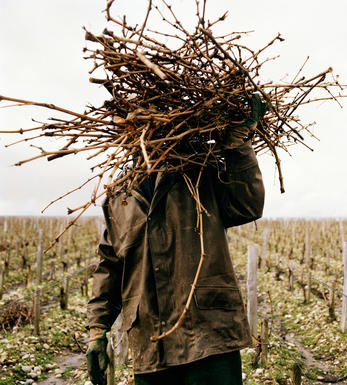
2012 Le Dragon de Quintus

Critics reviews
Neal Martin – The Wine Advocate #227, October 2016
The second wine, the 2012 Le Dragon de Quintus (I wonder if this name was selected to appeal to the Chinese marketplace), reveals crisp, elegant, fruity notes in its forward, easygoing, accessible personality. Drink it during its first 6-7 years of life.
Formerly known as Tertre Daugay, this 37-acre estate was purchased by the owners of Haut-Brion and La Mission-Haut-Brion, the Dillon family.
Robert Parker - Wine Advocate - Apr 2013
Jancis Robinson MW, jancisrobinson.com, 26 Apr 2013
James Molesworth, Wine Spectator, April 8 2013
Formerly known as Tertre Daugay, this 37-acre estate was purchased by the owners of Haut-Brion and La Mission-Haut-Brion, the Dillon family.
Robert Parker - Wine Advocate - Apr 2013
About this WINE

Chateau Quintus
The Clarence Dillon family company acquired a beautiful estate in Saint-Emilion, and renamed it Château Quintus. An exceptional terroir that has been recognised as such for centuries. The estate naturally wraps around a high promontory which represents the end of the plateau of Saint-Emilion. The vineyard benefits from a majestic panarama extending towards the neighbouring village and across the entire Dordogne valley. It is in the place that, for time immemorial, a watch tower has stood to ensure the defence of the village of Saint-Emilion.
The originality of this extraordinary terroir lies in its diversity of soils, slopes and orientations. It is therefore hardly surprising that this wine was featured between 1844 and 1848 - under its old name Château Tertre Daugay - among the 14 most sought after and most expensive wines of Saint-Emilion. For close to a century the great reference book Cocks and Feret "Bordeaux et ses Vins" will consistently mention the property as a First Growth of Saint -Emilion. The vineyard was also one of the prominent Saint-Emilion estates to receive a gold medal at the Exposition Universelle de Paris in 1867.
A text found in another great book of the time "Les Grands Vins de Gironde" de Dumas et Lallemand (1899) reads "One can not imagine a more beautiful situation for an estate, or one more favourable for the production of a First Growth wine (...) Thanks to the excellent vinification practices undertaken at the estate, the wine produced here reflects great body, ripeness and an armature that exemplify the great wines of Saint-Emilion."
This wine takes its natural place alongside the red and white wines of Château Haut-Brion and Château La Mission Haut-Brion, thereby becoming the 5th child in this illustrious family.

Merlot
The most widely planted grape in Bordeaux and a grape that has been on a relentless expansion drive throughout the world in the last decade. Merlot is adaptable to most soils and is relatively simple to cultivate. It is a vigorous naturally high yielding grape that requires savage pruning - over-cropped Merlot-based wines are dilute and bland. It is also vital to pick at optimum ripeness as Merlot can quickly lose its varietal characteristics if harvested overripe.
In St.Emilion and Pomerol it withstands the moist clay rich soils far better than Cabernet grapes, and at it best produces opulently rich, plummy clarets with succulent fruitcake-like nuances. Le Pin, Pétrus and Clinet are examples of hedonistically rich Merlot wines at their very best. It also plays a key supporting role in filling out the middle palate of the Cabernet-dominated wines of the Médoc and Graves.
Merlot is now grown in virtually all wine growing countries and is particularly successful in California, Chile and Northern Italy.


Buying options
Add to wishlist
Description
The 2012 Dragon de Quintus has a simple bouquet: briary, redcurrant and cranberry leaf, a touch of undergrowth coming through but never mustering the vigor one would have expected. The palate is medium-bodied and actually demonstrates more composure and harmony than the aromatics suggest. The tannins are quite fine and it feels silky smooth towards the finish. It is just the nose that lets the side down, but it does seem to improve, albeit developing an almost Chianti-like personality! Tasted January 2016.
Neal Martin – The Wine Advocate #227, October 2016
wine at a glance
Delivery and quality guarantee